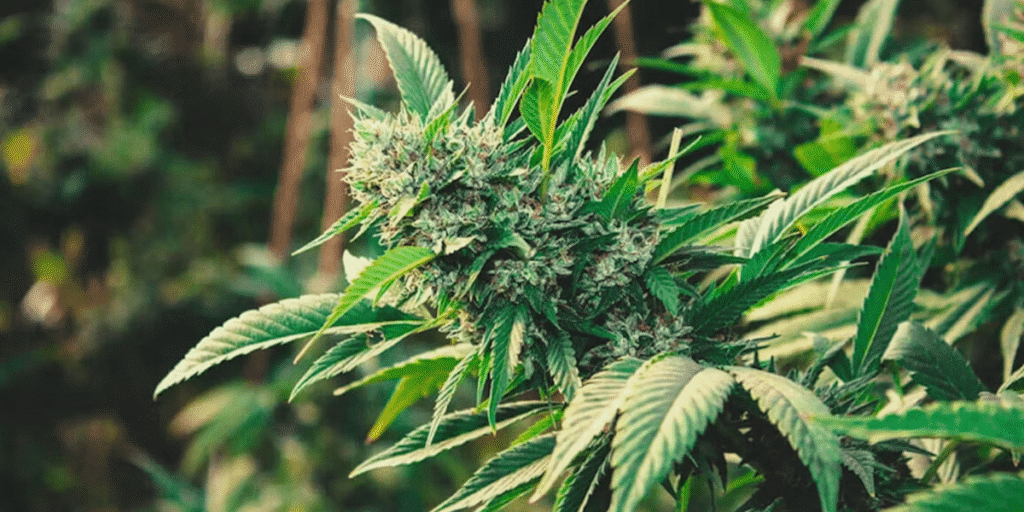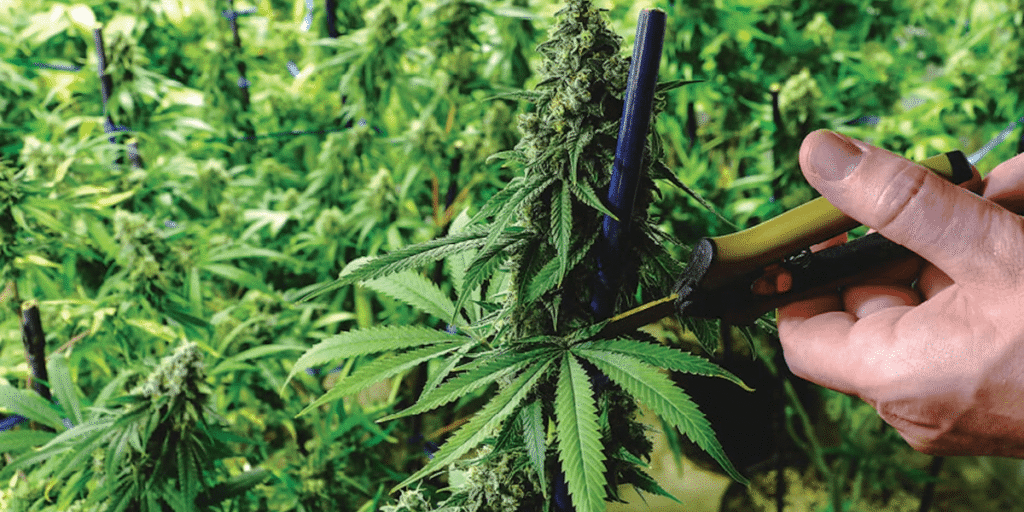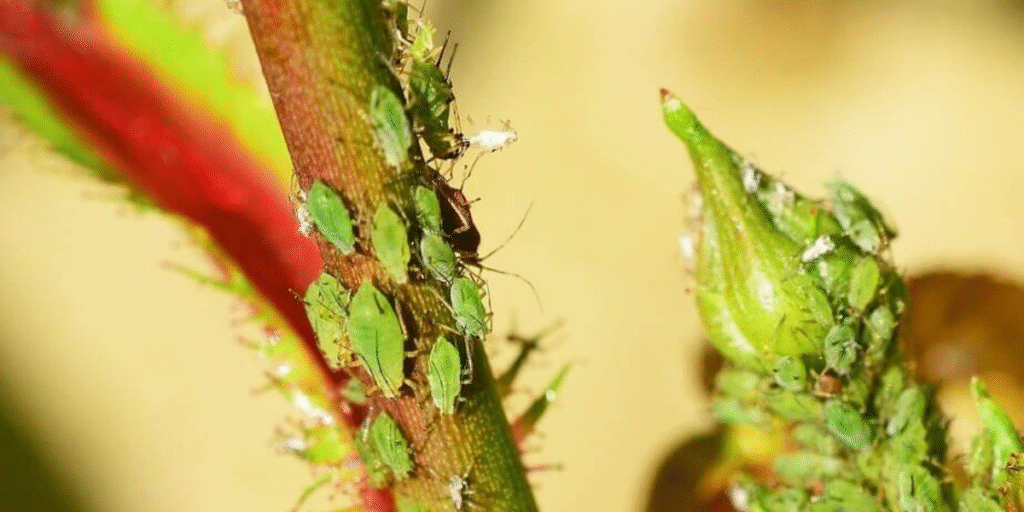Cannabis resin isn’t just a sticky coating on your buds, it’s the powerhouse of flavor, aroma, and potency. Rich in cannabinoids like THC and CBD, as well as fragrant terpenes, resin is the golden target for growers looking to craft top-shelf flower or premium concentrates. If you’re asking how to boost cannabis resin production, this guide breaks it down step-by-step with both science and grower wisdom.
Why Increasing Resin Content Matters for Cannabis
Resin glands are the primary reservoirs of cannabinoids such as THC and CBD, as well as aromatic terpenes. Increasing resin concentration directly improves the plant’s flavor, aroma, and both psychoactive and therapeutic effects. High-quality resin is essential for producing concentrates like hash, rosin, wax, and live resin. Consequently, superior resin content often translates to higher market value and greater consumer satisfaction.
Choosing Genetics for High-Quality Resinous Buds
Genetic selection is the cornerstone of cultivating cannabis with exceptional resin production. The inherent resinous characteristics of a strain are largely determined by its genetic lineage and evolutionary adaptations. Certain cultivars have been selectively bred or naturally evolved to express dense trichome coverage and elevated cannabinoid and terpene profiles.
When choosing genetics for resin-rich buds, prioritize strains that are specifically bred or marketed for their high trichome density and suitability for concentrate production. Common descriptors to look for include:
- “Resin-rich”
- “Trichome-heavy”
- “Ideal for extraction”
Some of the industry’s top-performing high-resin strains include Gorilla Glue, White Widow, Bruce Banner, and Girl Scout Cookies. These varieties consistently produce dense, sticky buds with abundant glandular trichomes, making them excellent candidates for both traditional consumption and concentrate extraction.
Investing in superior genetics sets the foundation for maximizing resin yield and achieving premium quality cannabis.

Best Light Spectrum Settings to Enhance Trichome Development
Resin synthesis in cannabis is largely a protective response to environmental stressors, with light particularly ultraviolet (UV) radiation,playing a key role in stimulating trichome development. To maximize resin production, it is essential to provide an optimal light spectrum that mimics natural sunlight while encouraging the plant’s defensive mechanisms.
- Full-Spectrum LED or Ceramic Metal Halide (CMH/LEC) Lights: These lighting systems deliver a broad range of wavelengths, closely replicating the sun’s natural spectrum. This balanced light environment promotes robust photosynthesis and encourages healthy trichome proliferation, leading to enhanced resin yield and improved cannabinoid and terpene profiles.
- Supplemental UV-B Lighting in Late Flowering: Exposure to UV-B radiation during the final 2 to 3 weeks of flowering (typically 15 to 60 minutes daily) acts as a controlled stressor. The plant responds by increasing trichome density and resin production, which serves as a natural sunscreen and defense mechanism against potential damage.
- Maintain Strict Dark Periods: During flowering, uninterrupted darkness is critical for maintaining the plant’s hormonal balance and triggering flowering genes. Light leaks or interruptions can disrupt this cycle, negatively affecting resin accumulation and overall bud development.
By carefully managing light quality, intensity, and photoperiod, growers can effectively stimulate resin production and improve the potency and quality of the final harvest.

Applying Controlled Environmental Stress to Stimulate Resin
Applying the right kind of stress can actually help boost resin without harming the plant.
- Light Stress: Short, controlled UV-B exposure daily to simulate natural sunlight threat.
- Temperature: Lower night temps below 18°C (65°F) in the final weeks mimic autumn, a signal for plants to boost resin.
- Humidity: Drop RH to 30-40% during flowering to stimulate trichome and terpene production while preventing mold.
- Water Stress (Dry Backs): Slightly reduce watering in late flowering to simulate drought stress, prompting protective resin development.
Effective Training and Defoliation Techniques for Better Resin Yield
Effective canopy management through strategic plant training and defoliation techniques plays a crucial role in optimizing light exposure and airflow to bud sites, which directly influences resin synthesis and overall bud quality.
- Low-Stress Training (LST): This technique involves carefully bending and securing branches outward to create an even, flat canopy. By increasing light penetration and air circulation throughout the plant, LST promotes uniform bud development and stimulates greater trichome density across multiple colas without causing significant stress or growth interruption.
- Defoliation: Selective removal of larger fan leaves,particularly those shading lower bud sites,redirects the plant’s metabolic energy towards the development of top colas where resin production is highest. Properly timed defoliation enhances light distribution within the canopy, reduces humidity pockets, and improves airflow, thereby supporting healthier, more resinous buds.
Implementing these techniques thoughtfully can significantly enhance cannabinoid and terpene concentration by maximizing the plant’s capacity to produce and protect resin-rich flowers.
After identifying the perfect harvest window, proper trimming is crucial to avoid damaging delicate trichomes. For best practices, read our guide on how to trim cannabis buds after harvest.
Optimizing Nutrient Regimens to Support Resin Formation
Feeding your plant the right nutrients at the right time supports resin production.
- High Phosphorus and Potassium (PK): Especially during mid to late flowering, PK boosters help drive flower and resin development.
- Supplement Carbohydrates: Products like molasses or sugar-based additives fuel microbial life and enhance terpene production.
- Avoid Excess Nitrogen: High nitrogen in flowering can reduce resin quality and slow down ripening.
Leveraging Bio-Stimulants and Beneficial Microbes for Root and Resin Health
Robust root systems are fundamental to cultivating plants with superior vigor and enhanced resin synthesis. The application of bio-stimulants and beneficial microbial inoculants can significantly improve root health, nutrient uptake efficiency, and plant resilience.
- Mycorrhizal Fungi: These symbiotic fungi form mutualistic associations with plant roots, effectively expanding the root surface area. This enhanced network facilitates improved phosphorus uptake and increased access to immobile soil nutrients, leading to better root development and overall plant vitality.
- Trichoderma spp.: Beneficial soil fungi known for their biocontrol properties against root pathogens, Trichoderma species also promote root growth by producing growth hormones and enhancing nutrient availability. Their presence strengthens root architecture, enabling more efficient water and nutrient absorption.
- Microbial Consortia (Blends): Complex mixtures of bacteria and fungi that stimulate the plant’s immune system, improve nutrient solubilization and assimilation, and promote hormone production. These microbial blends contribute to systemic resistance against stress factors and indirectly support increased secondary metabolite (resin) biosynthesis.
Implementing these bio-inoculants within an integrated nutrient management program helps optimize root zone health, ultimately resulting in healthier, more resinous plants with improved yield and quality.
Using Organic Bloom Enhancers to Improve Trichome Density
To optimize resin development during the flowering phase, growers often utilize commercial bloom stimulators or organic growth enhancers. These products typically contain bioactive compounds such as:
- Triacontanol: A natural plant growth regulator known to improve photosynthesis efficiency, nutrient uptake, and overall plant vigor, contributing to increased bud density and resin production.
- Fulvic and Humic Acids: Organic acids derived from decomposed plant matter that enhance nutrient availability and stimulate beneficial microbial activity in the root zone, indirectly supporting terpene synthesis and resin accumulation.
- Kelp Extracts: Rich in natural growth hormones (auxins, cytokinins, and gibberellins), micronutrients, and antioxidants, kelp extracts promote cell division and stress resistance, leading to healthier flowering and improved secondary metabolite profiles.
Additionally, organic sugar-based carbohydrate supplements serve as a carbon source for beneficial microbes in the rhizosphere. These microbes can enhance nutrient cycling and stimulate terpene biosynthesis, indirectly boosting resin quality and aroma complexity.
Application Guidelines:
Always follow manufacturer instructions and consider compatibility with your specific nutrient regimen to maximize benefits while maintaining plant health.
Use these enhancers primarily during early to mid-flowering stages to support critical developmental processes. Avoid over-application, as excessive use can lead to chemical phytotoxicity, nutrient imbalances, or negative impacts on flavor and aroma profiles.

Timing the Harvest for Peak Cannabinoid and Terpene Levels
The maturation stage of trichomes is a critical indicator for determining optimal harvest time to achieve maximum resin potency, cannabinoid content, and desired effects. Trichomes undergo distinct color changes as cannabinoids and terpenes develop:
- Clear Trichomes: Indicative of immature resin glands with underdeveloped cannabinoid and terpene concentrations. Harvesting at this stage typically results in lower potency and less aromatic profiles.
- Milky or Cloudy Trichomes: Represent peak accumulation of THC and terpene compounds. This stage is associated with maximum psychoactive potency and rich aromatic complexity, ideal for harvesting when seeking the most balanced and vigorous effects.
- Amber Trichomes: Signal the gradual oxidation of THC into CBN (cannabinol), which is known for its sedative and relaxing properties. Increasing amber trichome presence corresponds to a shift toward more calming effects and reduced psychoactivity.
Recommended Harvest Window:
For optimal potency and flavor, it is advised to harvest when the majority (approximately 70-90%) of trichomes are milky/cloudy, combined with 10-20% amber trichomes. This balance maximizes THC content while introducing a moderate level of CBN to enhance complexity and effect profile.
Practical Example: UV-B Exposure Combined with Organic Additives
A licensed indoor cultivator in Northern California tested a UV-B supplementation strategy during the final three weeks of the flowering stage on a small section of a commercial crop (strain: Kosher Kush). Each day, the test section received 35 minutes of UV-B exposure, midway through the light cycle. Alongside this, they applied a certified organic bloom booster rich in potassium and trace elements twice a week.
Results:
- Trichome density increased by an estimated 18–22%, measured via digital microscope and validated by hash yield weight.
- Resin heads appeared more prominent and milky, especially near the colas exposed directly to UV-B light.
- The extracted hash from the test group yielded 1.4g more per 100g of dry flower compared to the control group.
- No signs of light burn or terpene degradation were observed, thanks to proper distance management (UV-B lamp placed 30 inches above canopy).
The grower reported that flavor intensity and smoothness of the final product were noticeably improved. They’ve since adopted this UV-B protocol across their entire flower room.

Methods for Collecting and Extracting High-Quality Cannabis Resin
Once you boost resin, what next?
- Hand-rubbed charas or dry sift for traditional hash
- Ice water extraction for bubble hash
- Heat press for rosin
- Solventless or solvent-based extraction for live resin, wax, or shatter
More resin = better extraction quality and yield.
Common Questions About Maximizing Trichome Production
Q1: What’s the ideal light intensity to boost resin production during flowering?
A: For optimal resin output, maintain 600–1000 μmol/m²/s PPFD during the flowering stage.
If you’re supplementing with CO₂ (e.g. 1200–1500 ppm), you can push the intensity toward the upper range (1000+). Without CO₂, excessive light may stress the plant or bleach the buds, so balance is key.
Q2: How long should I use UV-B light each day, and does it really help?
A: Yes, UV-B can significantly stimulate trichome production.
We recommend 15–60 minutes per day during the final 2–3 weeks of flowering.
Apply it mid-light cycle and observe plant response. Overexposure may burn leaves or reduce vigor, so start with the lower range and increase gradually.
Q3: Can I combine multiple bloom boosters or enhancers?
A: You can, but proceed carefully.
Make sure you’re not doubling up on ingredients like phosphorus, potassium, or certain enzymes.
Avoid mixing products with synthetic hormones or unidentified extracts. Always trial new combinations on a few plants before applying to your full grow.
Q4: Can stressing my cannabis plants improve resin production?
A: Mild, controlled stress can sometimes boost resin production by triggering the plant’s defense mechanisms. Techniques like slightly lowering humidity or reducing water during the late flowering stage mimic natural environmental changes. However, it is crucial not to overdo it, as excessive stress can reduce overall yield and harm plant health.
Q5: Which cannabis strains are best for beginners who want high resin content?
A: Some resin-rich strains that are beginner-friendly include White Widow, known for its resilience and balanced effects; Northern Lights, which is hardy and forgiving under different conditions; and Blue Dream, popular for its ease of growth and consistent resin production. These strains tolerate some beginner mistakes while still producing quality resin and buds.
Summary and Key Takeaways on Enhancing Cannabis Resin Levels
Boosting resin production takes patience and attention to detail from selecting the right genetics to optimizing light, training, and care. Every step you take brings you closer to bigger, stickier buds packed with flavor and potency.
Maximizing resin doesn’t stop at harvest. Proper drying and curing are essential to lock in potency and preserve those flavorful terpenes. Explore our in-depth guide on how drying and curing affect cannabis flavor and potency.
Got your own tips or success stories? Share them with us in the comments or tag us on Instagram @Greenfuturelight . Let’s grow stronger together and make every harvest better than the last!
Pushing your resin levels higher isn’t just about potency, it’s about unlocking the full potential of your plants.
From genetics to lighting to harvest timing, every decision makes a difference.
For more growing strategies, nutrient guides, and expert gear recommendations, visit our website:
👉 www.greenfuturelight.com
Looking to amplify your trichome production with better lighting?
👉 Check out our Grow Light Collection >>
Need tailored support for your grow setup?
👉 Contact Us Now >>
Together, let’s bring out the stickiest, most flavorful buds your garden’s ever grown.



